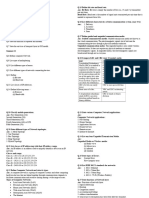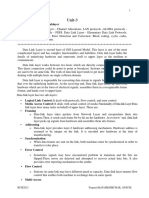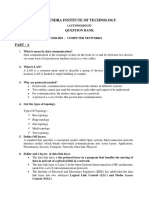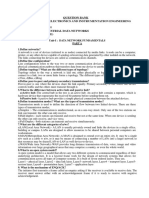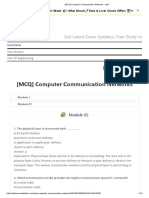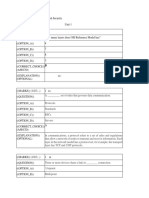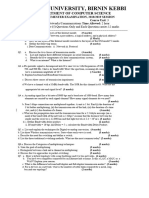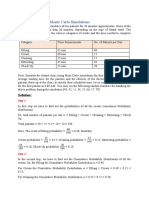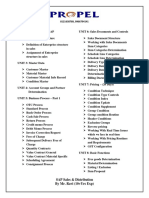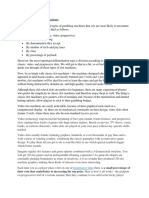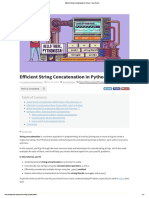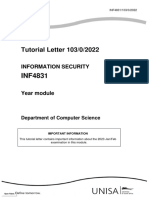0% found this document useful (0 votes)
45 views4 pagesTutorial 4
The document discusses the Data Link Layer, focusing on its upper sublayer, Logical Link Control (LLC), which facilitates communication between networking software and hardware, ensuring smooth data transfer and error detection. It also identifies the Media Access Control (MAC) sublayer responsible for media access processes and describes various LAN connection methods and access methods, including contention-based and controlled access. Additionally, it differentiates between full-duplex and half-duplex communication systems.
Uploaded by
SheueyinCopyright
© © All Rights Reserved
We take content rights seriously. If you suspect this is your content, claim it here.
Available Formats
Download as PDF, TXT or read online on Scribd
0% found this document useful (0 votes)
45 views4 pagesTutorial 4
The document discusses the Data Link Layer, focusing on its upper sublayer, Logical Link Control (LLC), which facilitates communication between networking software and hardware, ensuring smooth data transfer and error detection. It also identifies the Media Access Control (MAC) sublayer responsible for media access processes and describes various LAN connection methods and access methods, including contention-based and controlled access. Additionally, it differentiates between full-duplex and half-duplex communication systems.
Uploaded by
SheueyinCopyright
© © All Rights Reserved
We take content rights seriously. If you suspect this is your content, claim it here.
Available Formats
Download as PDF, TXT or read online on Scribd
/ 4



